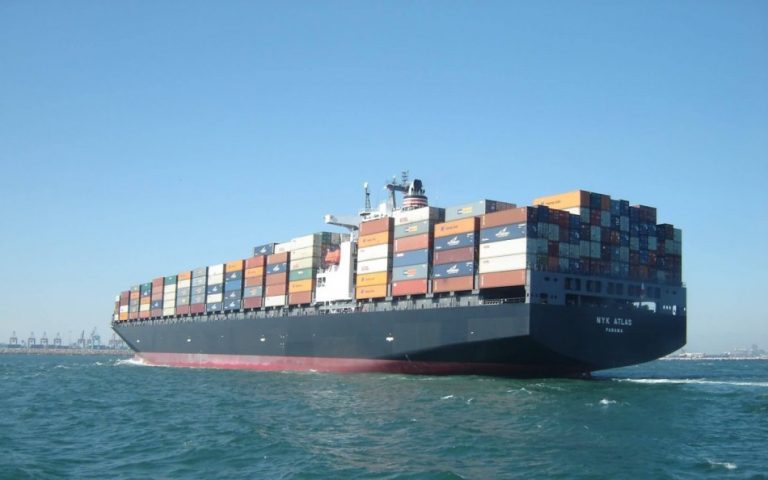In the small Balkan nation of Montenegro, Chinese loans are driving the construction of a 165-kilometer (103-mile) expressway through a challenging stretch of mountainous territory.
But the Montenegrin government has more to worry about than difficult terrain. According to a recent Reuters report, the Chinese investment — part of Beijing’s multi-trillion dollar One Belt, One Road (OBOR) initiative — has the country of around 600,000 people facing an avalanche of debt.
If Montenegro cannot finish the highway, it will add to the growing list of inconclusive OBOR investments, something that does not bode well for a China embroiled in an economic downturn and a trade war with the United States.
According to a study by the Washington-based consulting firm RWR Advisory Group, China has launched 1,674 infrastructure investments in 66 countries since 2013, the year the Chinese government announced the OBOR initiative. But 234 of those investments, or 14 percent of the total, have been canceled or are at risk, such as the highway project in Montenegro.

Montenegrin Prime Minister Duško Marković with NATO Secretary General Jens Stoltenberg in Washington, D.C. after Montenegro’s accession to the alliance in June 2017. (Image: wikimedia / CC0 1.0)
The politics of investment
Beijing sees One Belt, One Road as a means of deepening its economic and geopolitical influence abroad, chiefly in Europe and the Asia-Pacific region.
Success
You are now signed up for our newsletter
Success
Check your email to complete sign up
The success or failure of OBOR investments presents a bottleneck for the Chinese state-owned sector and in turn the Communist Party, as it relies on these projects as a means of expanding to new markets and maintaining economic growth.
Zeng Jianyuan, a scholar at Taiwan’s National Development Institute, told The Epoch Times that losses from canceled joint ventures and “built up interests” from delayed projects “can only be covered by the CCP… this portends heavy burdens for the whole Chinese economy.”
Xie Tian, a professor at the Aiken School of Business at the University of South Carolina, said Beijing’s investment projects are part of the Chinese Communist Party’s (CCP) strategy to redirect excess Chinese industrial capacity and promote the yuan internationally in order to “stave off its economic and social crises” that threaten its domestic political power.
“The fundamental goal of these projects … is to break an opening in U.S. containment policy,” Xie added, “as well as to bring critical resources or strategic locations under the Chinese Communist Party’s control.”
Xie said that Chinese economic goals are being frustrated, as countries hosting its investments reevaluate and in some cases back out of OBOR projects.
At the beginning of this month, former Malaysian Prime Minister Najib Razak was placed under investigation for corruption. The probe took aim at the Malaysia Development Berhad, a strategic development company owned by the Malaysian financial authorities, and found that it had solicited about US$23 billion in Chinese loans.

One Belt, One Road Initiative (OBOR) with China in red, members of the Asian Infrastructure Investment Bank in orange, and the six land and sea corridors. (Image: via flickr CC BY-SA 4.0)
After current Malaysian Prime Minister Mahathir Bin Mohamad took office this May, he had the proposed Singapore-Kuala Lumpur high-speed rail project canceled. The East Coast railway project, currently stalled pending renegotiations between the Malaysian and Chinese parties, is worth US$14 billion and receives 85 percent of its financing from China’s state-owned China Export-Import Bank.
In 2017, Pakistan, Nepal, and Myanmar successively canceled three major hydropower projects that were to be carried out by Chinese enterprises as part of One Belt, One Road. The total value of the projects was about US$20 billion.
In addition to its decreased rate of economic growth and rising debt, the Chinese regime is now embroiled in a trade war with the United States. According to the U.S. Department of Commerce, the Sino-American trade deficit reached US$375.4 billion last year. Early this month, the United States began imposing tariffs on tens of billions of dollars worth of Chinese imports.
On July 18, amid back-and-forth negotiations between Chinese and U.S. leaders, Washington announced an upcoming 10 percent tariff on US$200 billion worth of Chinese-made goods.
Follow us on Twitter or subscribe to our weekly email














